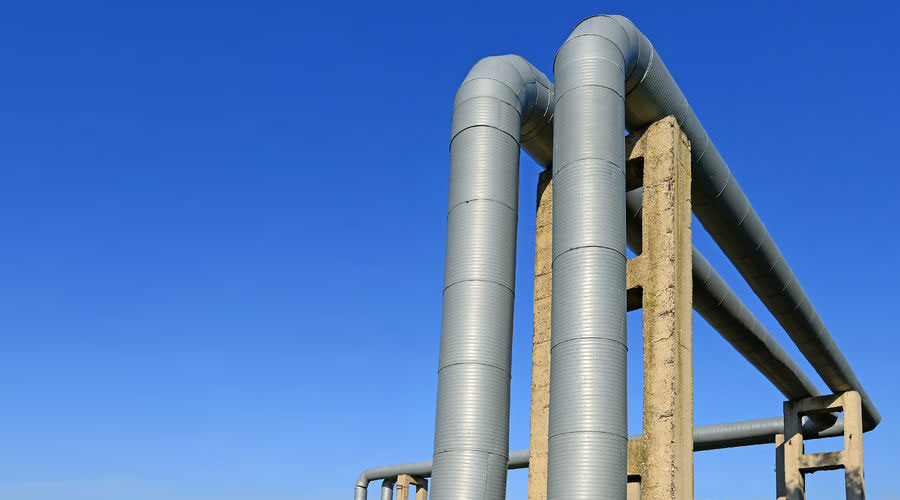Heat recovery (including MVR and heat pumps)
Best Available Technique (BAT)
BAT is to optimise drying, separation and concentration processes and to seek opportunities to use mechanical separation in conjunction with thermal processes.
Brief technical description
Drying is often a high temperature process and waste heat may be recovered:
- either directly, when the drying process is a direct one using hot air as the heating fluid:
- mix the exhaust air with fresh air directly before the burner
- if the exhaust air is contaminated too much (dust, moisture, etc.), recycle heat from exhaust air via an heat exchanger to preheat the product to be dried or the drying air
- or indirectly, using mechanical vapour recompression (MVR) to compress the exhaust vapour, especially when the heating fluid is superheated steam.
Only ‘direct’ recycling is considered here.
Concentration by evaporation coupled with MVR (mechanical vapour recompression) or a heat pump, is a highly efficient technique for waste water treatment. In particular, this technique makes it possible to significantly reduce waste water volumes sent to treatment at a low cost, as well as allowing water recycling.
To evaporate one tonne of water, 700 t o 800 k Wh/t energy power is required. It is possible to reduce the energy needs by u ing heat recovery solutions, such as heat pumps, including mechanical vapour recompression (MVR), or multiple effect evaporators with thermo-compression.
Achieved environmental benefits
Minimise energy usage.
Cross-media effects
Preheating the air before the burner via heat recovery may disturb the drying process by influencing the temperature-moisture content. Possible contaminants may appear when there is no heat exchanger. Regulation may be needed to correctly control the drying temperature.
The concentration of waste w ater streams may require different management and treatment techniques (i.e. may no longer be suitable for waste water discharge).
Operational data
- energy savings are always greater when ambient air is cold (in winter, for example)
- at least 5 % energy savings are expected.
Applicability
This technique can be used for almost any continuous hot air convective dryers (tunnel, oven, drum, etc.). Attention is to be paid to burner adjustment and sizing of the different items: fan, pipe diameter, regulation valve and heat exchanger if applicable. Stainless steel is required for the heat exchanger. When the dryer burner works with fuel, exhaust air contains sulphur and SO2 and may damage the heat exchanger if condensation occurs.
Economics
Payback time may be very variable, depending on the energy cost, the evaporating capacity of the dryer and the number of running hours. Never forget to make a simulation with hypotheses on the rise of energy prices.
Driving force for implementation
Saving money through energy savings.
Example plants
Beet pulp drying (Cambrai, France): heat recovery on exhaust gases.
Best practices
MECHANICAL VAPOUR RECOMPRESSION
ZF Lemforder Mecacentre manufactures different pieces for the car industry (suspension or steering balls, steering columns, etc.). In 1998, during the process of obtaining ISO 14001 certification, the company installed an MVR evaporator to concentrate wash water from cleaning workpieces.
The equipment installed concentrates up to 120 litres of wastewater per hour with a power of 7.2 kWh and allows the recycling of 20 t o 25 m3 of purified water per month in the production system. The residual concentrated liquid waste is sent to a suitable aste management treatment installation.
- investment cost: EUR 91 469
- annual saving obtained: EUR 76 224
- return on investment time: 14 months.
 EE Metal
EE Metal




